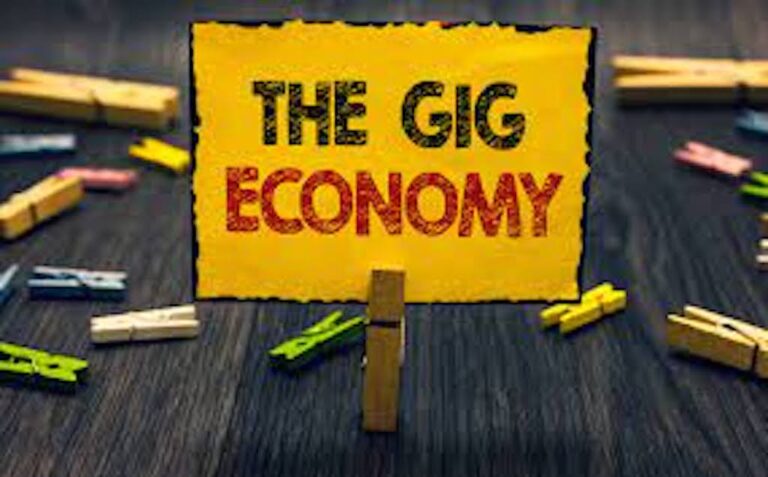The Gig Workforce: Embracing the Advantages

Breaking free from the traditional nine to five working environment has been gaining significant traction in recent years. This workforce, is now known as the “gig workforce”. The word “gig” is typically associated with the slang term for a live musical performance but now it’s also being used to describe a job that lasts a specified period of time such as temporary and part time hires, project based workers, freelancers and independent contractors.
Although the concept is relatively new, employers have in fact used this type of work arrangement before under familiar terms like freelance, contingent and alternative work arrangement. It has now become a global phenomenon in the overall work economy, gaining significant advantages for both employers and workers.
Freedom and Flexibility
One of the most significant advantages of the gig workforce is the flexibility it offers. Workers can choose when they want to work and how many hours they want to work. This flexibility allows individuals to manage their time more effectively and create a better work-life balance. They can schedule work around their personal commitments, such as childcare, and have more time to pursue their interests and hobbies. Moreover, the gig economy allows people to work from anywhere, giving them the freedom to travel or work remotely.
For employers, the gig economy offers greater flexibility in terms of workforce management. Companies can hire freelancers or independent contractors for specific projects without the need to employ them full-time. This allows businesses to scale up or down their workforce according to their needs, without incurring the costs and administrative burdens of hiring permanent staff. Additionally, companies can benefit from the diverse skills and experiences of gig workers, who often bring unique perspectives and fresh ideas to a project.
Greater Job Satisfaction
Gig work is now more of a preference and is being embraced as the chosen alternative to the traditional 9-5 working week. Part of the trend also has to do with the Millennial generation or Gen Y(born around 1981 to 1995), where the average time a person in this generation will stay in one job is two-years. Many in this generation and Gen Z (born mid-1990s to mid-2000s) prefer to do this type of task-based labor and are satisfied and happy doing gig work.
The advantages to the employer, is that there is greater job satisfaction and therefore they have less turnover of staff as moral is high and employees are happy with this type of working arrangement.
Opportunities for the Retired Workforce
Bringing back retired Baby Boomers for task-based work, taps into a vast pool of talent with diverse skill sets. These workers often specialise in specific areas, bringing unique expertise and perspectives to each project they undertake. This enables businesses to access a wider range of skills and knowledge, fostering innovation and creative problem-solving. It is also a lovely opportunity for retired or older workers to work a shorter week with the flexibility and freedom to choose their own work schedule to suit their lifestyle.
In conclusion, The gig workforce offers a compelling alternative to the conventional 9-5 work model, providing freedom, flexibility, and a host of other advantages. As the world evolves and embraces new ways of working, individuals can explore the benefits of the gig economy, finding greater job satisfaction, increased earning potential, and the opportunity for personal and professional growth. Embracing the gig workforce allows individuals to break free from the confines of traditional employment, fostering a more fulfilling and empowering work-life balance.
Talk to us at Kaizen Workforce Solutions for more information on the gig workforce and how it can benefit you!
Kaizen Workforce Solutions, 85-86 Grafton Street, Dublin 2
Phone |01 6729000
Email |info@kaizenworkforcesolutions.com
Web |kaizenworkforcesolutions.com

